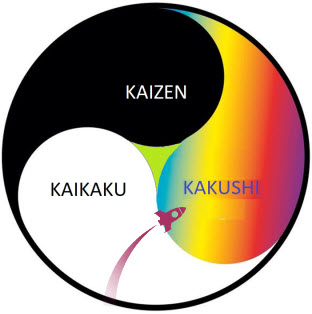
Kaizen, Kaikaku and Kakushin – what’s the difference?
Last updated: October 20, 2025 Read in fullscreen view
- 02 Nov 2023
 Unlocking Success with The Amoeba Management Model: Key Lessons, Pros & Cons, and Finding the Perfect Fit 160/687
Unlocking Success with The Amoeba Management Model: Key Lessons, Pros & Cons, and Finding the Perfect Fit 160/687 - 10 Nov 2021
 5S methodology - the SECRET to Japanese SUCCESS 134/1726
5S methodology - the SECRET to Japanese SUCCESS 134/1726 - 24 Nov 2022
 Genba Genbutsu Genjitsu (3Gs), (Go to the Genba & see for yourself!) 69/2904
Genba Genbutsu Genjitsu (3Gs), (Go to the Genba & see for yourself!) 69/2904 - 01 Dec 2023
 What is Amoeba Management? 59/897
What is Amoeba Management? 59/897 - 01 Apr 2022
 Ishikawa (fishbone) diagram in software project management 37/3034
Ishikawa (fishbone) diagram in software project management 37/3034 - 18 Oct 2020
 How to use the "Knowns" and "Unknowns" technique to manage assumptions 21/989
How to use the "Knowns" and "Unknowns" technique to manage assumptions 21/989 - 15 Apr 2022
 Total Quality Management (TQM) - Japanese-style management approach to quality improvement. 17/628
Total Quality Management (TQM) - Japanese-style management approach to quality improvement. 17/628 - 17 Mar 2023
 Reduce waste in software development with 3M model: Muda, Mura, Muri 17/860
Reduce waste in software development with 3M model: Muda, Mura, Muri 17/860 - 04 Mar 2024
 Tree Ring Management: Take the Long Term View and Grow Your Business Slowly 15/374
Tree Ring Management: Take the Long Term View and Grow Your Business Slowly 15/374 - 27 Aug 2022
 Kaizen - Culture of Continuous Improvement and Lean Thinking 13/705
Kaizen - Culture of Continuous Improvement and Lean Thinking 13/705 - 01 Oct 2020
 Fail fast, learn faster with Agile methodology 13/973
Fail fast, learn faster with Agile methodology 13/973 - 09 Sep 2022
 What is 5 Whys (Five Whys)? 12/861
What is 5 Whys (Five Whys)? 12/861 - 13 Jul 2022
 Applying the business mantra "HORENSO" to Achieve 360-degree Communication 12/813
Applying the business mantra "HORENSO" to Achieve 360-degree Communication 12/813 - 02 Feb 2022
 Yokoten: Best Practice Sharing from a success 12/1284
Yokoten: Best Practice Sharing from a success 12/1284 - 03 Jan 2024
 What is the Ringi process? 12/876
What is the Ringi process? 12/876 - 12 Dec 2024
 Danshari: A Japanese Minimalist Philosophy for Cleaner Code and Leaner IT Operations 10/22
Danshari: A Japanese Minimalist Philosophy for Cleaner Code and Leaner IT Operations 10/22 - 01 Mar 2022
 The Toyota Way Management Principles 10/682
The Toyota Way Management Principles 10/682 - 29 Aug 2022
 Difference between Kaizen and Innovation 9/793
Difference between Kaizen and Innovation 9/793 - 15 Jul 2022
 Hansei Methodology: Continuously Engaging People in Improvement 8/646
Hansei Methodology: Continuously Engaging People in Improvement 8/646 - 10 Nov 2022
 Poor Code Indicators and How to Improve Your Code? 7/213
Poor Code Indicators and How to Improve Your Code? 7/213 - 19 Oct 2021
 Is gold plating good or bad in project management? 7/754
Is gold plating good or bad in project management? 7/754 - 20 Jan 2022
 TIGO Self-Organization Practice: Change Management Workflow 6/430
TIGO Self-Organization Practice: Change Management Workflow 6/430 - 06 Feb 2021
 Why fail fast and learn fast? 6/375
Why fail fast and learn fast? 6/375 - 01 Mar 2023
 Bug Prioritization - What are the 5 levels of priority? 6/207
Bug Prioritization - What are the 5 levels of priority? 6/207 - 19 Sep 2022
 Jidoka in Software Development and Odoo ERP/MRP 5/466
Jidoka in Software Development and Odoo ERP/MRP 5/466 - 16 Jun 2022
 Rapid Application Development (RAD): Pros and Cons 5/800
Rapid Application Development (RAD): Pros and Cons 5/800 - 06 Jun 2022
 HEIJUNKA: The art of leveling production 4/481
HEIJUNKA: The art of leveling production 4/481 - 14 Oct 2021
 Advantages and Disadvantages of Time and Material Contract (T&M) 4/789
Advantages and Disadvantages of Time and Material Contract (T&M) 4/789 - 01 Jan 2024
 The pros and cons of the Centralized Enterprise Automation Operating model 4/165
The pros and cons of the Centralized Enterprise Automation Operating model 4/165 - 08 Oct 2022
 KPI - The New Leadership 3/557
KPI - The New Leadership 3/557 - 31 Oct 2021
 Tips to Fail Fast With Outsourcing 3/375
Tips to Fail Fast With Outsourcing 3/375 - 20 Jan 2021
 Fail early, fail often, fail cheap, fail safe but always fail forward 3/688
Fail early, fail often, fail cheap, fail safe but always fail forward 3/688 - 18 Aug 2022
 What are the consequences of poor requirements with software development projects? 3/242
What are the consequences of poor requirements with software development projects? 3/242 - 28 Dec 2021
 8 types of pricing models in software development outsourcing 2/417
8 types of pricing models in software development outsourcing 2/417 - 13 Dec 2020
 Move fast, fail fast, fail-safe 2/292
Move fast, fail fast, fail-safe 2/292 - 02 Nov 2021
 [Case Study] Streamlined Data Reporting using Tableau 2/276
[Case Study] Streamlined Data Reporting using Tableau 2/276 - 23 Sep 2021
 INFOGRAPHIC: Top 9 Software Outsourcing Mistakes 2/411
INFOGRAPHIC: Top 9 Software Outsourcing Mistakes 2/411 - 17 Feb 2022
 Prioritizing Software Requirements with Kano Analysis 2/280
Prioritizing Software Requirements with Kano Analysis 2/280 - 11 Nov 2021
 What is an IT Self-service Portal? Why is it Important to Your Business? 2/364
What is an IT Self-service Portal? Why is it Important to Your Business? 2/364 - 10 Dec 2023
 Pain points of User Acceptance Testing (UAT) 2/416
Pain points of User Acceptance Testing (UAT) 2/416 - 01 Jan 2023
 How To Use Poka-Yoke (Mistake Proofing) Technique To Improve Software Quality 2/589
How To Use Poka-Yoke (Mistake Proofing) Technique To Improve Software Quality 2/589 - 19 Jul 2022
 The 12 Principles of Continuous Process Improvement 2/456
The 12 Principles of Continuous Process Improvement 2/456 - 02 Dec 2022
 Success Story: Satsuki - Sales Management Software, back office app for School Subscription Management 2/219
Success Story: Satsuki - Sales Management Software, back office app for School Subscription Management 2/219 - 07 Mar 2023
 Japan’s Unusual Farming Strategy: Renting Land and Leaving It Fallow for 5 Years — Here’s the Truth… 2/31
Japan’s Unusual Farming Strategy: Renting Land and Leaving It Fallow for 5 Years — Here’s the Truth… 2/31 - 11 Jul 2022
 Lean software development - the game-changer in the digital age 1/229
Lean software development - the game-changer in the digital age 1/229 - 11 Jan 2022
 Lean Thinking and Lean Transformation 1/241
Lean Thinking and Lean Transformation 1/241 - 26 Dec 2023
 Improving Meeting Effectiveness Through the Six Thinking Hats 1/205
Improving Meeting Effectiveness Through the Six Thinking Hats 1/205 - 05 Jan 2024
 Easy ASANA tips & tricks for you and your team 1/180
Easy ASANA tips & tricks for you and your team 1/180 - 11 Jan 2024
 What are the Benefits and Limitations of Augmented Intelligence? 1/434
What are the Benefits and Limitations of Augmented Intelligence? 1/434 - 13 Feb 2021
 Why is TIGOSOFT a software house for Enterprise Application Development? 1/336
Why is TIGOSOFT a software house for Enterprise Application Development? 1/336 - 19 Apr 2021
 7 Most Common Time-Wasters For Software Development 1/525
7 Most Common Time-Wasters For Software Development 1/525 - 03 Apr 2021
 How digital asset management streamlines your content workflow? 1/312
How digital asset management streamlines your content workflow? 1/312 - 03 Sep 2022
 The secret of software success: Simplicity is the ultimate sophistication /186
The secret of software success: Simplicity is the ultimate sophistication /186 - 01 Jun 2020
 Japan Business Review (JBR) /277
Japan Business Review (JBR) /277 - 21 Jun 2021
 6 Useful Tips To Streamline Business Processes and Workflows /515
6 Useful Tips To Streamline Business Processes and Workflows /515 - 06 Nov 2019
 How to Access Software Project Size? /236
How to Access Software Project Size? /236 - 12 Mar 2022
 The u-Japan concept /234
The u-Japan concept /234 - 06 Nov 2023
 How do you streamline requirement analysis and modeling? /184
How do you streamline requirement analysis and modeling? /184 - 14 Mar 2024
 Why should you opt for software localization from a professional agency? /117
Why should you opt for software localization from a professional agency? /117 - 12 Mar 2024
 How do you create FOMO in software prospects? /127
How do you create FOMO in software prospects? /127
3 essential K’s for organizational success: Kaizen, Kaikaku, Kakushin
Anyone who has been anywhere near a Lean consultant worth their day rate would have heard a few Japanese words thrown into the mix during the client engagement spiel. Well, now you will be able to explain to them the difference between Kazian, Kaikaku and Kakushin and stand out from your peers.
- Kaizen (改善) = change+good = continuous improvement (DMAIC).
- Kaikaku (改革) = change + radical = reform/big improvement (DMAIC).
- Kakushin (革新) = new + transformation = innovation / reform / renewal (DMEDI)
Kaizen
Kaizen - the similar method of incremental and iterative development in Scrum
Kaizen - more like a turbocharge solution
The main characteristics of Kaizen are:
- Projects are well defined and baseline stats are collected before starting
- Dedicated resources are subject matter experts (SMEs) and focus on only the project
- The solutions should come from the SMEs, as they will need to act as champions for the change
- Often follows the Deming/Shewhart cycle of Plan-Do-Check-Act
- Kaizen™ projects typically last 3–5 days
- Management MUST make resources available from support functions during the project. i.e., HR, Finance, Warehouse, Sales, Marketing
- Solutions are implemented based on 80% confidence instead of 95%
- Implementation is completed within the project timeline but if items fall outside, they are generally completed within 20 days
- Basic analysis is acceptable with indicative results enough to make decisions.
Kaikaku
Kaikaku (改革), is the Japanese term for "radical change".
What is the difference between Kaizen and Kaikaku?
The main difference between Kaizen and Kaikaku is the scale of change. Kaizen involves making small, incremental changes in order to improve processes over time, while kaikaku involves more radical changes that can cause significant disruption in order to achieve major organisational improvements.
The concept of Kaikaku is based on the idea that significant, transformative changes are necessary to bring about significant improvements in a business.
Kaikaku - more like a supercharged solution
Kaikaku is the Japanese term for "radical change." In business, kaikaku is concerned with making fundamental and radical changes to a production system, unlike kaizen, which is focused on incremental changes. Both Kaizen and Kaikaku can be applied to activities other than production.
Whereas Kaizen is about small incremental improvements, Kaikaku is taking a sledgehammer to a system/process. Due to the large nature and ergo expensive nature of these changes, they are normally top-down decisions. Also, Kaikaku tends to be done at a larger scale than Kaizen which is typically implemented at the team level.
Kakushin
Kakushin - high-end solutions with break-through, disruptive innovation
Kakushin—this is the most controversial one, and lean geeks will argue all day on its exact meaning. If you translate it into innovation/reform/renewal, then you won’t be far wrong. Basically looking at what you are doing now and not even trying to improve it, just doing something different or radical. Kakushin follows on more from Kaikau.
Please note that, Kakushin does not mean you can ignore Kaizen and Kaikaku.
Maybe the diagram below will help you visualize the differences between the 3 words and their corresponding meanings.
Kakushin enhances, not replaces Kaikaku
In conclusion, embarking on Kakushin—Lean transformation—requires strategic planning and leadership from the top of the organizational hierarchy. A comprehensive road map on the approach and a continual improvement approach such as Kaizen should be adopted.
Lastly, in a lean transformed organization, lean culture should be a way of life.
Conclusion
Kaizen and Kaikaku are both powerful tools for continuous improvement in business, but they have different focuses, scopes, and levels of involvement. However, Kakushin calls for "out of the box" thinking and could lead to discovering new products or disruptive game changers.
All three techniques have different roles in the lean journey and allow organizations to identify and implement changes at different levels and magnitudes of impact. Each of them is necessary and must be run in tandem for an organization to be truly lean and successful by just being innovative. A company may not be successful in the long run as it lacks innovation, allowing competitors who are innovative to beat it down in the market.





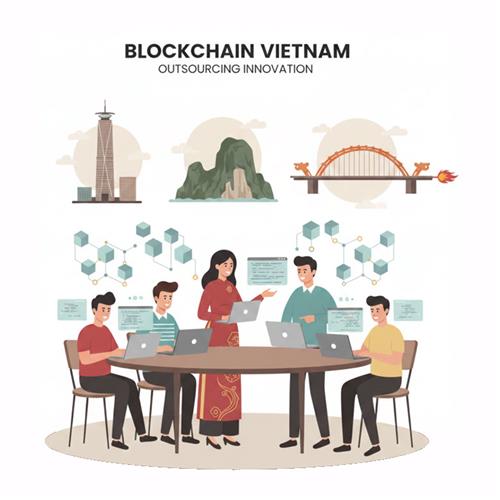

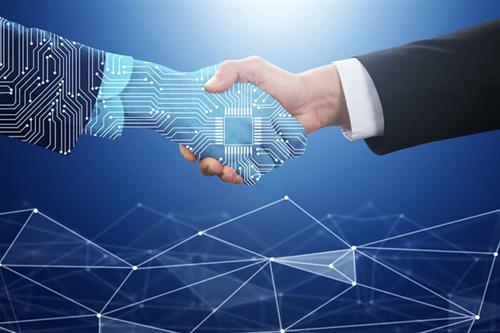
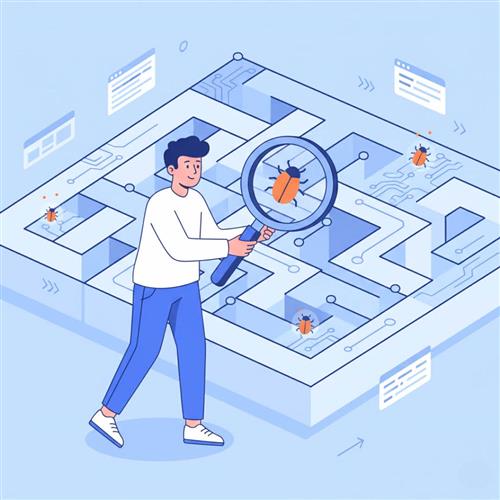


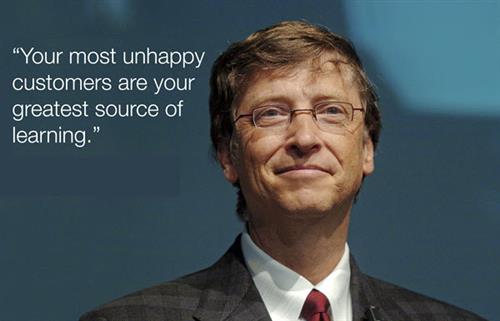
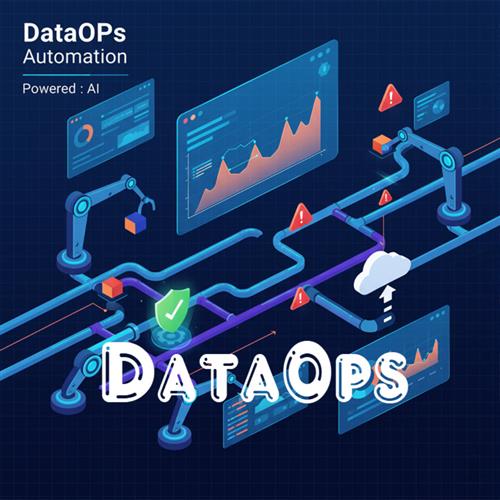

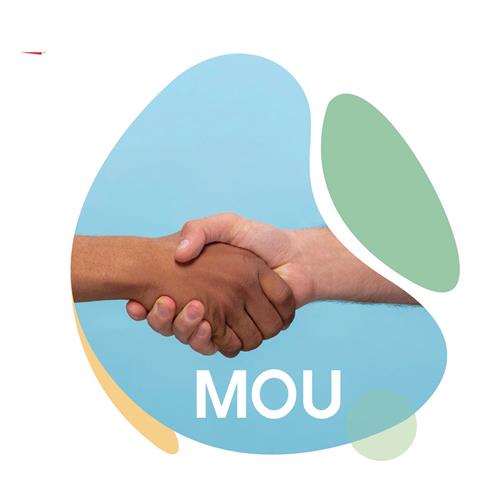


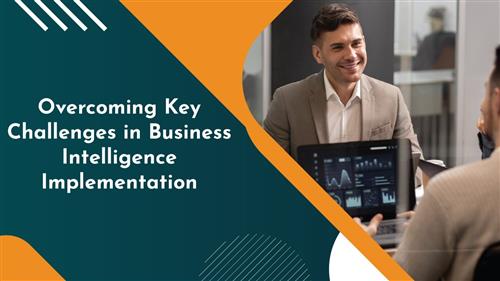
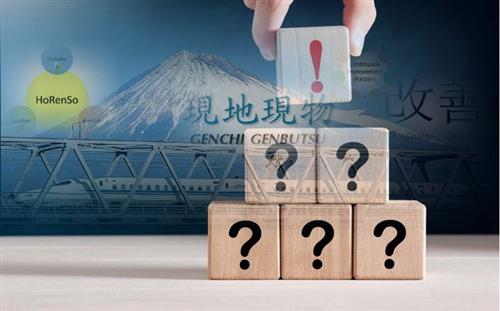


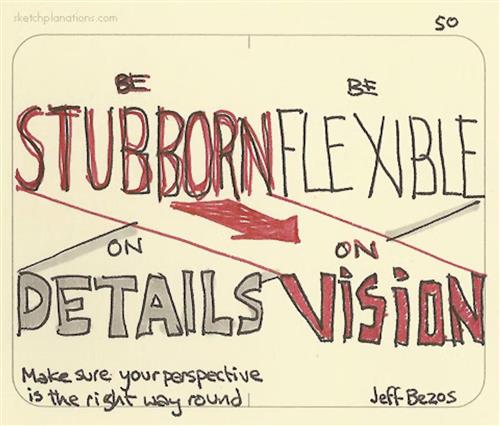

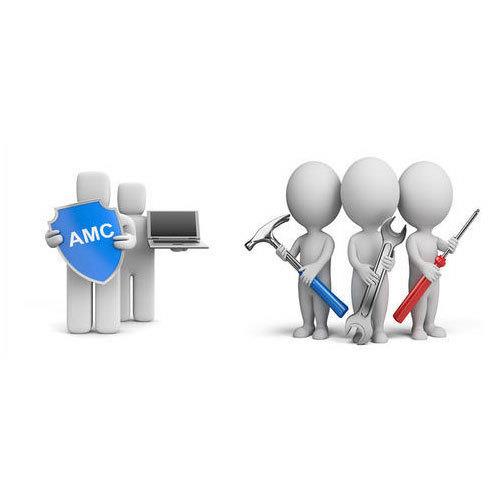

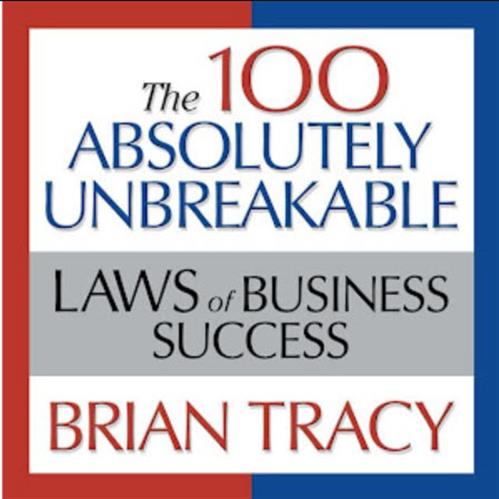









 Link copied!
Link copied!
 Recently Updated News
Recently Updated News